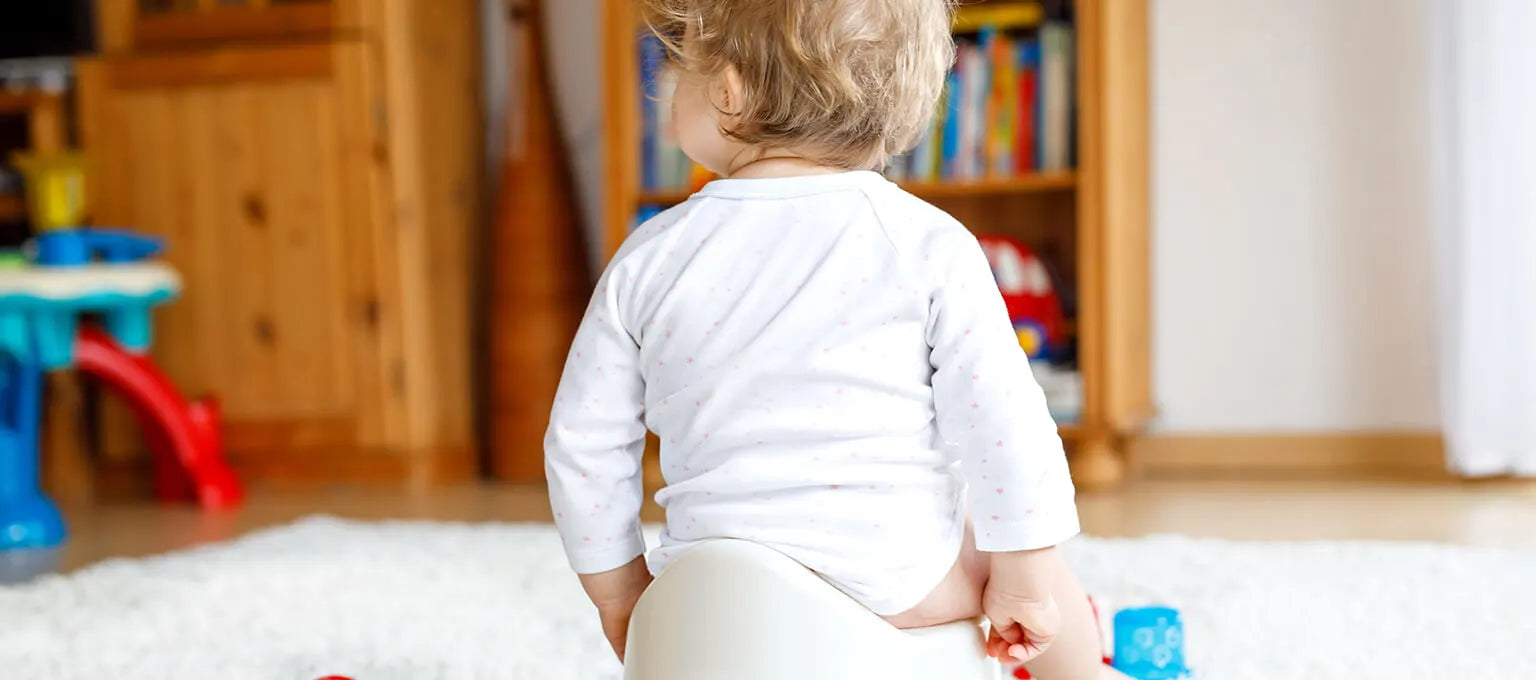My Cart(0)
The Ultimate Guide to Potty Training: Proven Methods and Insider Tips

Potty training is a significant milestone in both a child's development and a parent's journey. While the process can seem daunting, the right approach can make it a positive experience for everyone involved. Drawing on expert advice and practical strategies, this guide offers three proven methods for potty training, complemented by insider tips to ensure success.
Understanding Readiness
Before diving into the methods, it's crucial to recognize the signs of readiness in your child. These signs can include showing interest in the bathroom habits of others, staying dry for longer periods, and the ability to follow simple instructions. Starting potty training when your child is truly ready is key to a smoother transition.

Method 1: The Slow and Steady Approach
Overview:
This method focuses on gradually introducing the child to the concept of using a potty. It emphasizes patience, encouragement, and allowing the child to move at their own pace.
Steps:
- Introduction: Start by introducing the potty and explaining its purpose in a way that your child can understand.
- Observation: Let your child watch and learn from you or older siblings. Children learn best through imitation.
- Practice: Encourage sitting on the potty with clothes on and then progress to using it with clothes off.
- Routine: Establish a routine by placing your child on the potty at times they are most likely to go, like after meals or before bed.
Tips:
- Celebrate small successes with praise or stickers.
- Be patient and avoid showing frustration or disappointment.
Method 2: The 3-Day Intensive
Overview:
This method involves dedicating three days to focus intensively on potty training. It's best for children who show strong signs of readiness and parents who can commit the time.
Steps:
- Preparation: Explain to your child that they will be saying goodbye to diapers.
- Commitment: Spend the next three days closely monitoring your child for signs they need to use the potty.
- Consistency: Keep the potty nearby and gently remind your child to use it regularly.
- Encouragement: Use lots of praise and positive reinforcement to celebrate successes.
Tips:
- Stay indoors as much as possible during these three days to maintain focus.
- Prepare for accidents and handle them calmly without punishment.
Method 3: Child-Oriented Training
Overview:
Developed by pediatrician T. Berry Brazelton, this method suggests waiting until the child shows interest in potty training, making it a child-led approach.
Steps:
- Wait for Signals: Begin training when your child expresses interest and shows signs of readiness.
- Equip: Introduce the potty and discuss its use casually.
- Follow the Child’s Lead: Allow your child to use the potty at their own pace without pressure.
- Gradual Transition: Switch to underwear when your child starts using the potty consistently.
Tips:
- Encourage independence by letting your child flush and wash hands.
- Use books and videos about potty training to spark interest.
Insider Tips for Potty Training Success
Create a Positive Environment
Approach potty training with enthusiasm and positivity. Your attitude can significantly influence your child’s interest and success in the process.
Dress for Success
Choose easily removable clothing that your child can take off and put on independently, fostering a sense of achievement.
Invest in the Right Equipment
A child-sized potty or a special seat that attaches to your regular toilet can make the experience more comfortable and less intimidating.
Maintain a Routine
Consistency is key. Encourage visits to the potty at regular intervals, especially after meals and before bedtime.
Handle Accidents Gracefully
Accidents are inevitable. Treat them as part of the learning process, without punishment or excessive disappointment.
Celebrate Achievements
Use praise, clapping, or a reward system to celebrate your child’s efforts and successes, no matter how small.
Stay Patient and Consistent
Patience and consistency are your best allies in potty training. Every child is different, and comparing timelines can be discouraging.
Know When to Take a Break
If progress stalls or your child becomes resistant, it may be time to take a break and try again in a few weeks. This does not mean failure but acknowledges that timing is everything.

Conclusion
Potty training is a journey that requires patience, preparation, and positivity. Whether you choose the slow and steady approach, the 3-day intensive, or a child-oriented method, the key is to tailor the process to your child's individual needs and readiness. Remember, success in potty training is not measured by how quickly it happens but by the positive experience you create for your child. Celebrate the milestones, learn from the setbacks, and embrace this unique phase of your child's development.
unsubscribe at any time without costs.










